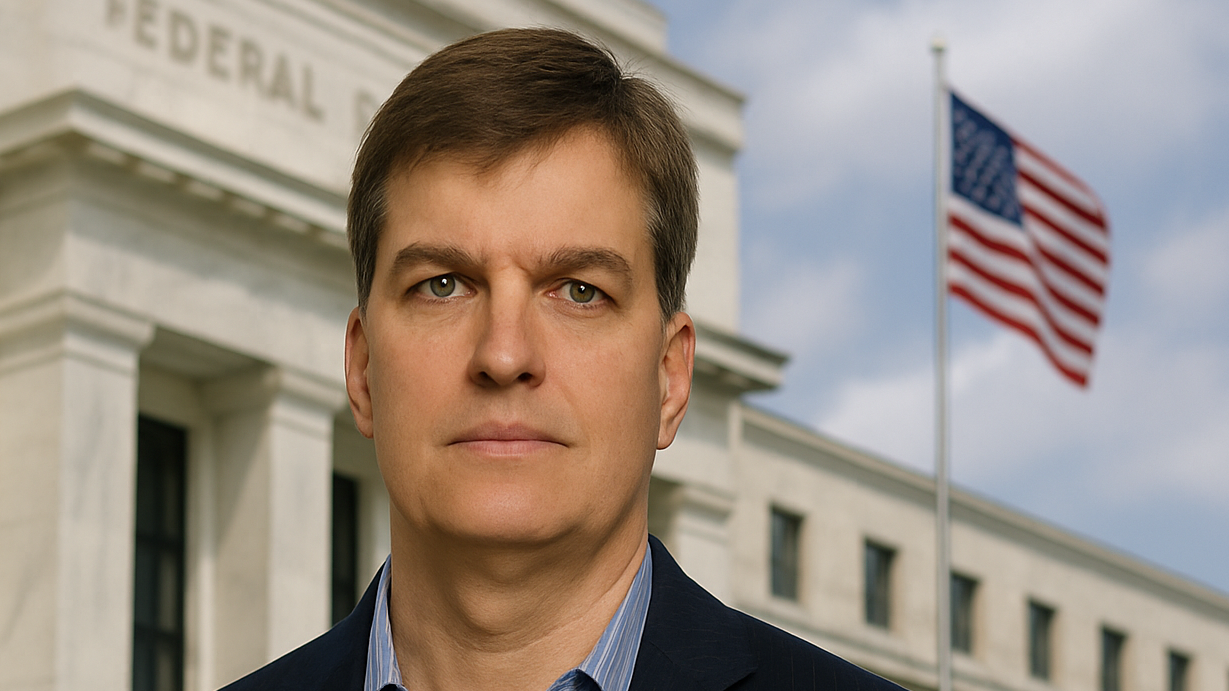Earlier this month, a satirical meme circulated on social media, suggesting that President Donald Trump is considering Michael Burry to replace Jerome Powell as Chair of the Federal Reserve. While clearly intended as a joke, the meme has ignited discussions about the intersection of politics, finance, and the influence of unconventional figures like Burry.
Michael Burry, renowned for predicting the 2008 housing market crash—a story dramatized in The Big Short—has long been a controversial figure in the investment world. His hedge fund, Scion Asset Management, is known for contrarian bets and a penchant for swimming against the tide of mainstream financial thought.
President Trump’s strained relationship with Jerome Powell is well-documented. During his first term, Trump frequently criticized Powell’s interest rate decisions, and tensions have reportedly persisted into his second term. The meme, though satirical, taps into real sentiments about potential changes in Federal Reserve leadership.
Burry’s recent investment moves add another layer to the conversation. According to Scion Asset Management’s Q4 2024 13F filing, Burry has reallocated his portfolio, reducing positions in major Chinese tech companies like Alibaba, Baidu, and JD.com, while increasing investments in healthcare and consumer sectors, including companies like Molina Healthcare and Estee Lauder . This shift indicates a strategic move towards more defensive sectors amid global economic uncertainties.
The meme’s suggestion of Burry as a potential Fed Chair, while facetious, underscores a broader discourse on the direction of U.S. monetary policy under Trump’s leadership. Burry has been vocal about his concerns regarding inflation and the consequences of prolonged low-interest rates, often expressing skepticism about the Federal Reserve’s strategies.
While it’s highly improbable that Burry would be appointed to lead the Federal Reserve, the meme reflects a growing appetite for unconventional approaches to economic policy. As the U.S. navigates complex financial challenges, the idea of a maverick investor like Burry at the helm, though unlikely, captures the imagination of a public weary of traditional economic stewardship.
In the end, the meme serves as a cultural touchstone, highlighting the public’s engagement with economic policy and the figures who influence it. Whether viewed as satire or a commentary on the current state of affairs, it brings to light the dynamic interplay between politics, finance, and public perception in 2025.
